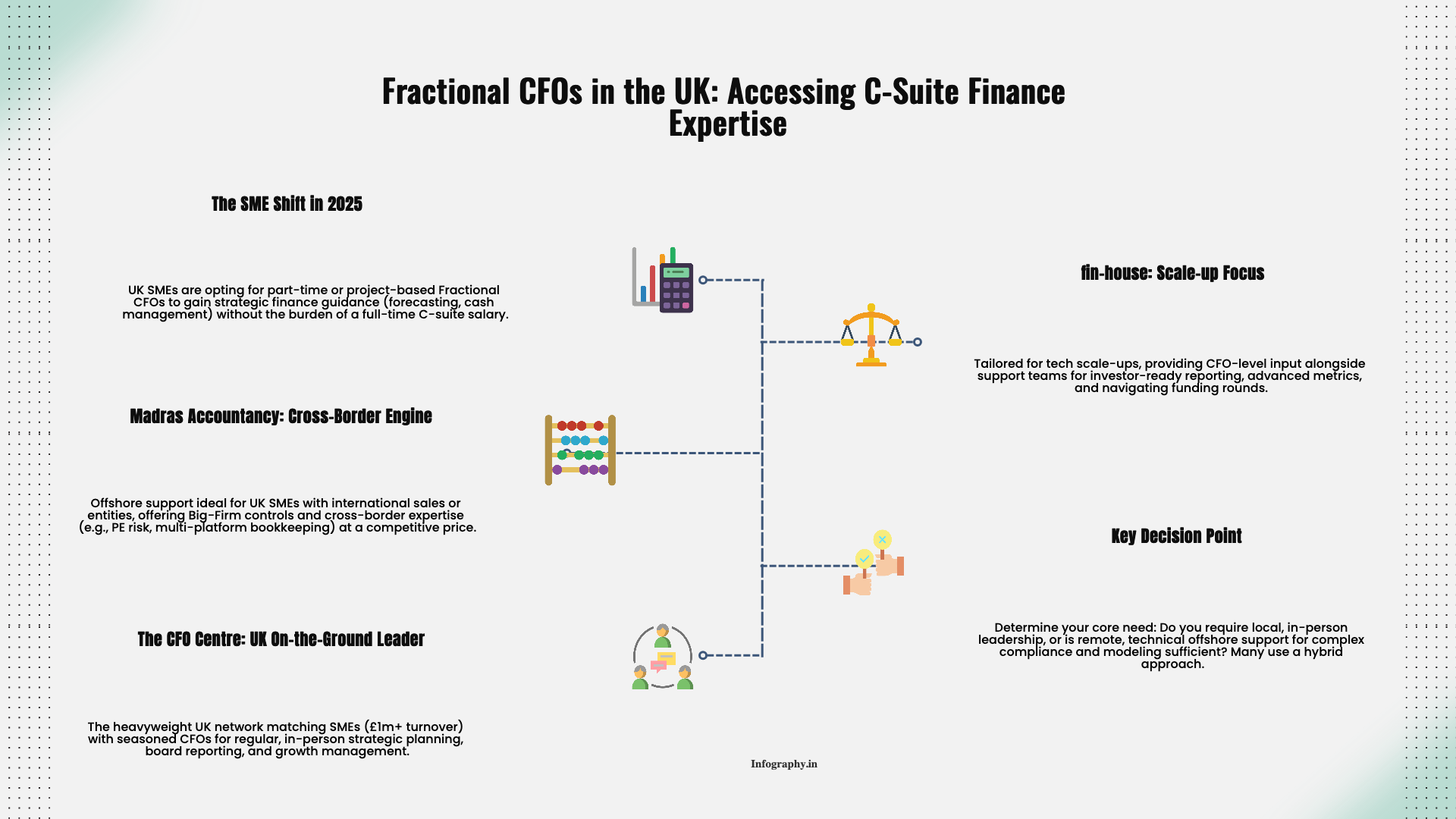Buying real estate is only half the story. At some point, you or your heirs will exit the investment—by selling, refinancing, exchanging, or passing it on. Exit strategy modeling is the practice of comparing those paths in advance, using numbers instead of assumptions to see which mix of timing, structure, and taxes leads to better outcomes.
Rather than asking, "What could we get if we sold in a few years?" modeling asks, "If we sell in year three versus year ten, refinance in year five, or exchange into a different asset, how do cash flow, risk, and after-tax proceeds change?"
Most real estate exits fall into a few broad categories:
Exit modeling starts by laying out these options side by side, then layering income, expenses, debt service, and taxes over time.
A practical exit model does not need to be perfect, but it does need to be grounded. Common inputs include:
The goal is not to predict the future exactly, but to test how sensitive your results are to changes in these drivers.
For a simple sale scenario, a model typically:
By running this at different holding periods, you can see how waiting affects both cumulative cash flow and the eventual lump-sum result, after accounting for additional maintenance and market risk.
When modeling exchanges, additional layers appear:
You can compare a "sell and pay tax now" path against a "exchange and pay tax later" path to see whether deferring tax produces enough additional net value to justify the complexity. For some investors—especially those planning to hold until death, when a step-up in basis may apply—deferral can be quite powerful. For others, especially if replacement opportunities are weaker, the trade-off is less clear.
Refinancing does not exit the investment, but it does change your exposure and cash position. Models that include refinance scenarios typically:
This lets you ask whether increased leverage and reduced cash flow after refinancing are acceptable in exchange for immediate capital you can deploy elsewhere.
Real estate markets are uncertain, and interest rates, rents, and expenses move in ways nobody perfectly predicts. Good exit models therefore look at more than one view:
Seeing how your strategies perform across these cases helps avoid overcommitting to a plan that only works in the rosiest scenario.
Numbers alone do not dictate the right exit. They inform choices in light of what you care about. For example:
Exit strategy modeling is most helpful when it turns abstract options into concrete pictures of cash flows and net outcomes. Armed with that clarity, you can choose a path that fits both the property and the broader plan for your capital. For more on exit planning for landlords and 1031 exchanges, see our comprehensive guides.
.png)
December 9, 2025
A straight-talking overview of five small business tax prep options in 2025, including Madras Accountancy, TurboTax, H&R Block, TaxSlayer, and Bench’s books-plus-tax model.

December 9, 2025
An on-the-ground guide to the UK’s fractional CFO ecosystem – London and beyond – including The CFO Centre, fin-house, FD Capital, BKL, BSmart, and how Madras Accountancy fits into cross-border and hybrid models.